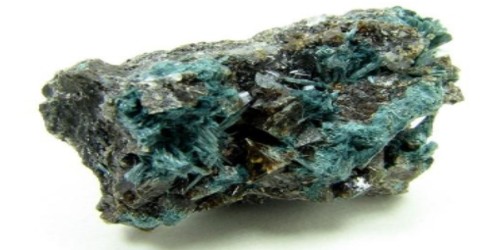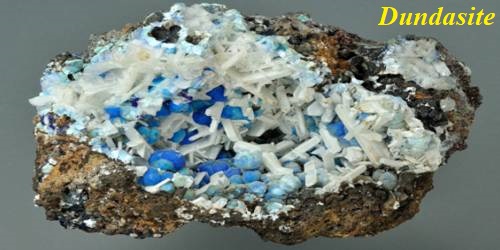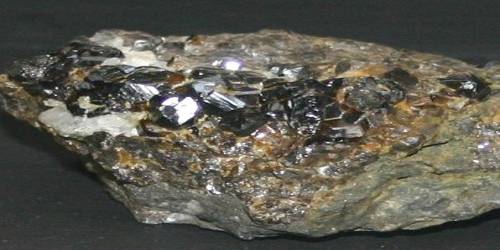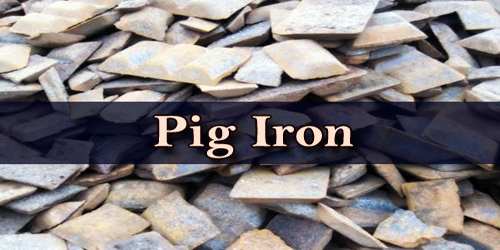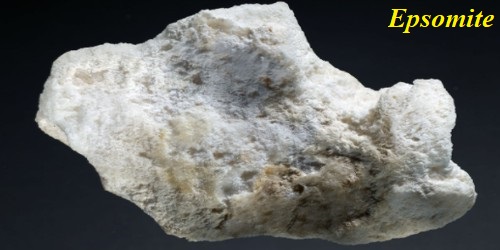Gormanite is a phosphate mineral with the formula (Fe, Mg)4Al4(PO4)4(OH)6·2H2O. It is a rare mineral that occurs as fracture filling in phosphate-ironstone and in fractures in tonalite. It was named after the University of Toronto professor Donald Herbert Gorman (born 1922). It forms attractive, colorful specimens with generally good crystals that are easily a good addition to anyone’s collection.
General Information
- Category: Phosphate minerals
- Formula: (Fe, Mg)4Al4(PO4)4(OH)62H2O
- Crystal system: Triclinic
- Crystal class: Pedial (1) (same H-M symbol)
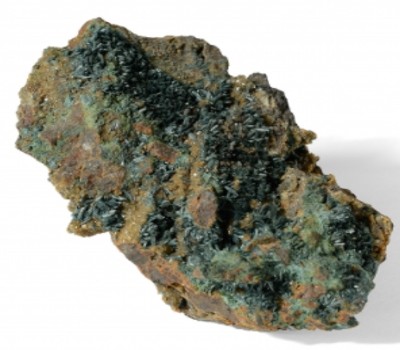
Fig: Gormanite – phosphate mineral
Properties
- Color: Blue-green
- Crystal habit: Aggregates of acicular crystals; pseudomonoclinic
- Fracture: Splintery
- Tenacity: Brittle
- Mohs scale hardness: 4-5
- Luster: Sub-vitreous, greasy
- Streak: Pale green
- Diaphaneity: Semitransparent
- Specific gravity: 3.10–3.13
- Optical properties: Biaxial (-)
Occurrence
It was first described in 1981 for occurrences in Rapid Creek and Big Fish River in the Dawson Mining District, Yukon Territory, Canada. At the type localities, it occurs as veins in iron phosphate nodules. In the Bisbee, Arizona occurrence, it occurs as large crystals within fractures in a tonalite intrusive. It has also been reported from near Newport, Sullivan County, New Hampshire, and the Charles Davis pegmatite, Groton, Grafton County, New Hampshire. It also has been reported from the Tsaobismund pegmatite, south of Karibib, Namibia.
Information Source:
